

This is the rallying cry of the trade unions in the two-day strike that was held across India on 28-29 March 2022. Organised under the banner of the joint platform of central trade unions (CTUs) and supported by many independent and sectoral federations and associations, the strike mobilised 200 million workers in India to collectively raise their demands.
.png)
The major demands of the strike were as follows:
Affiliates of the ITUC-Asia Pacific – namely, Indian National Trade Union Congress (INTUC), Hind Mazdoor Sabha (HMS), Self-Employed Women’s Association (SEWA), and Confederation of Trade Unions of India (CFTUI) – played a crucial role in mobilising the successful strike.
“This is the fifth nationwide strike after the BJP (NDA) government came into the power. The government only servers the interest of their corporate friends and neglects the welfare of the workers whose working conditions have been deteriorating further,” Harbhajan Singh, General Secretary of HMS, said.
“Seventy percent of the country’s wealth has gone to the hands of the one percent – the wealthy elites and the corporations – while 99% of the population are forced to live only with the remaining 30 percent of the wealth. The gap between the rich and the poor is widening day by day.
A country cannot be built only with capital. Workers have contributed their blood and sweat for the progress of this country. Kindly pay their share too. If inequality persists and the precarious situation of the workers did not improve, trade unions will not be confined only to one- or two-days strike. We will be compelled to go for indefinite strike,” he added.
.png)
The significant impact of the strike could be seen in the sectors like engineering, coal, steel, postal, oil, copper, and telecommunication sectors whose workers struck from the morning of 28 March until the late evening of 29 March. In some sectors and states, the strike started as early as 12:00 midnight of 28 March. Electricity workers went on strike in all the states even though many state governments invoked the Essential Services Maintenance Act (ESMA), which prohibits strikes in essential services sector and declare them illegal.
The employees of railways and defence sectors are reported to have organised aggressive demonstrations in more than one thousand areas across the India. Transport workers staged their protest by blockading roads and stopping railways in the several parts of the country.
Insurance and banking sectors also witnessed the immense impact of the two-day strike.
A large number of workers from the informal economy were in the frontlines in making the strike successful. The Anganwadi, ASHA, mid-day meal and domestic workers, construction, beedi, vendors, hawkers, and agriculture workers were able to mobilise their constituencies massively. It is pertinent to mention that women workers represent the largest section of the informal economy constituency who came out and hit the streets against the repressive and anti-people policies of the government.

.jpeg)
Through the leadership of their association, Samyukt Kisan Moracha, the farmers mobilised in rural areas. They showed their support for the workers’ demands while pressing for the farmers’ specific demands.
“It must be noted that the general public supported the strike. They recognise and understand that the lives and livelihoods of the people has become miserable because of the rising prices of essential commodities, petroleum, and cooking gas,” G Sanjeeva Reddy, President of INTUC, said.
.png)
In this regard, Shoya Yoshida, General Secretary of ITUC-Asia Pacific, said,
“It is disheartening to see that the present government of India is biased against its own people as it continues to pursue anti-workers, anti- farmers and anti-people policies. We urge the government to initiate a proper and constructive dialogue with the trade unions in India and ensure that the Indian workers’ rights are protected and not violated.”
Shoya Yoshida also expressed his message of solidarity to the Indian workers and trade unions. He said, “Mobilising 200 million workers to jointly affirm the call to save the people and the nation is not an easy feat. I congratulate the trade unions in India for the success of their two-day strike. Our solidarity is with the Indian workers in their unwavering struggle for their hard-earned democratic rights.”




















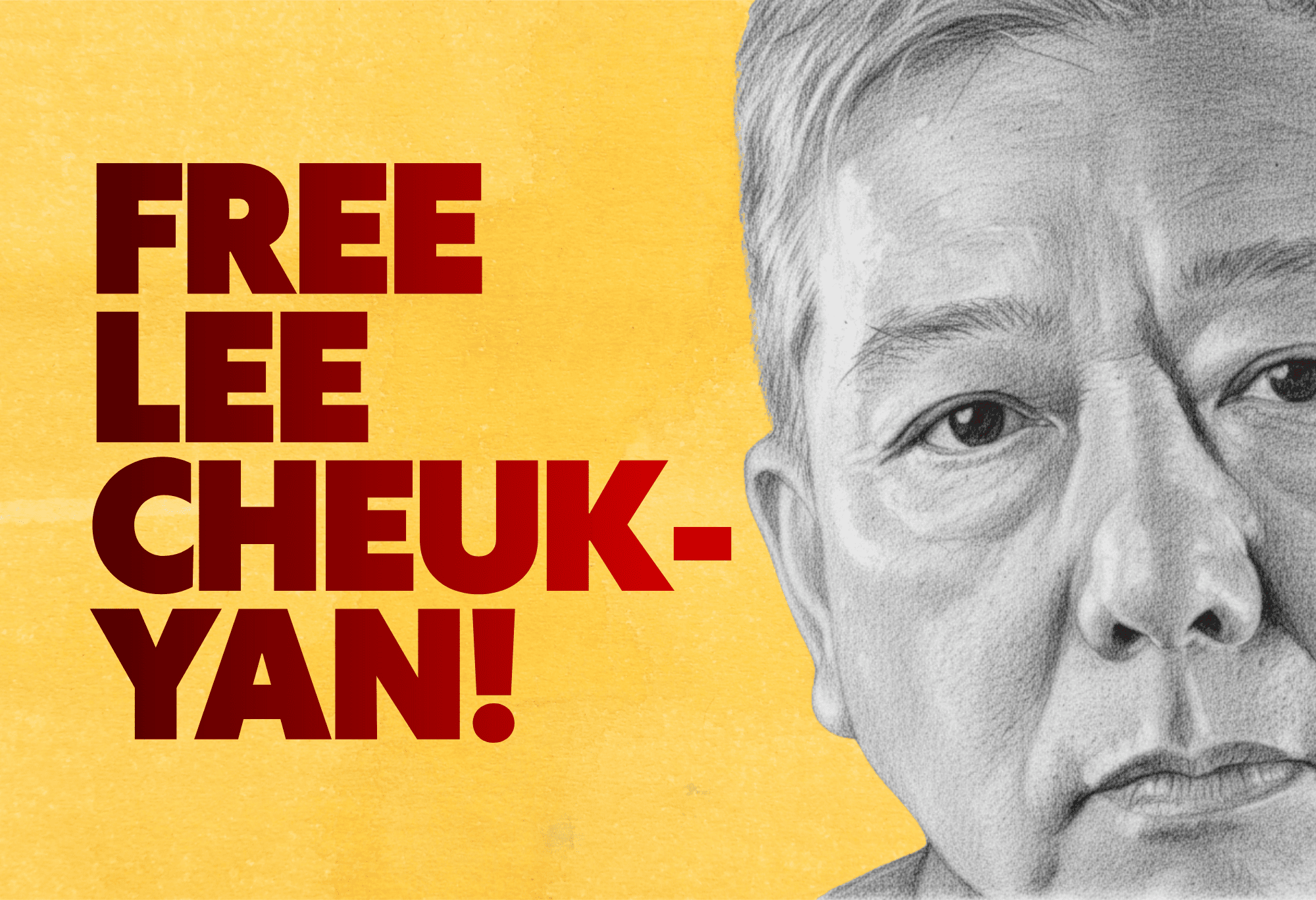











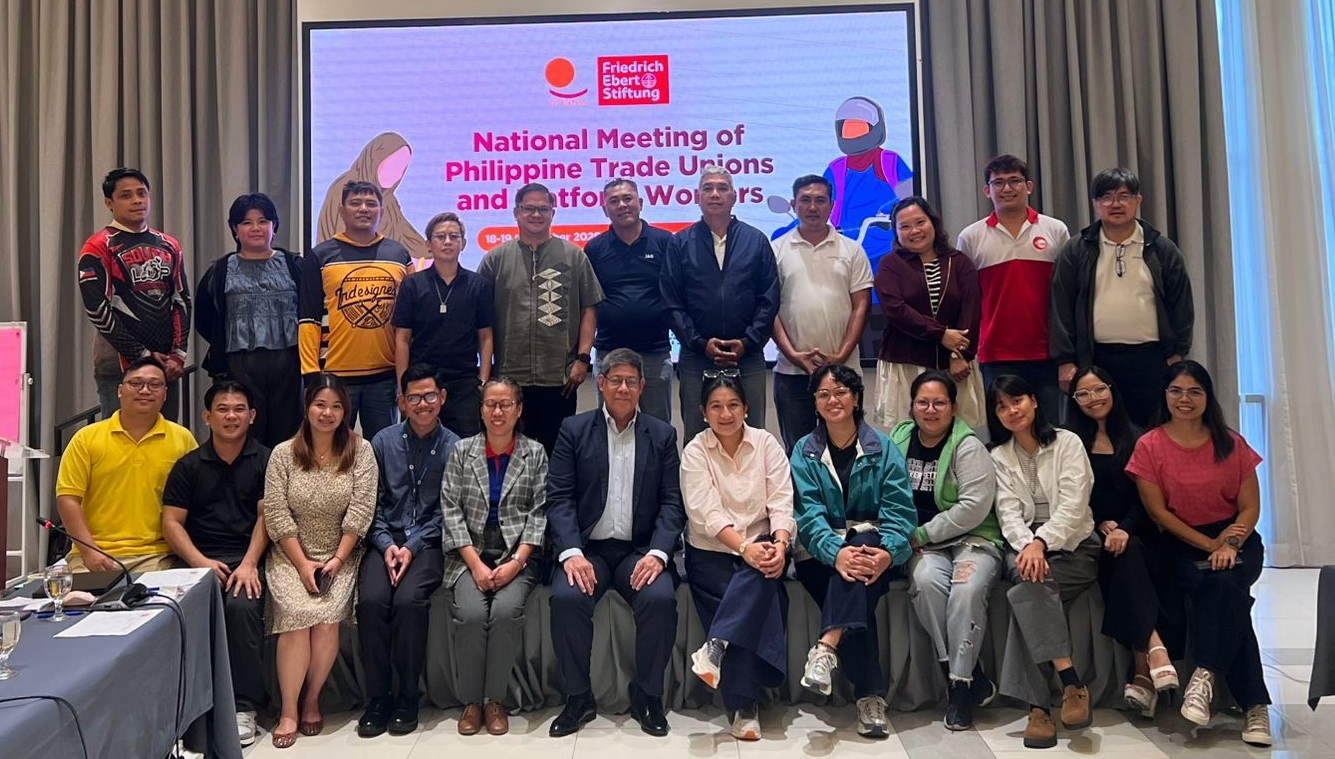





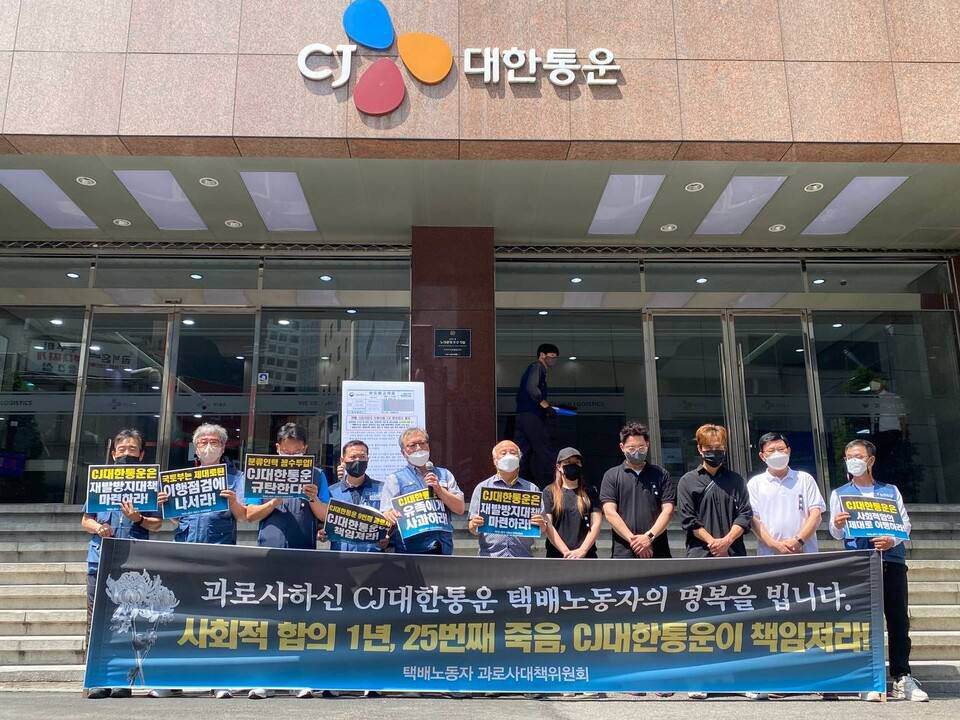























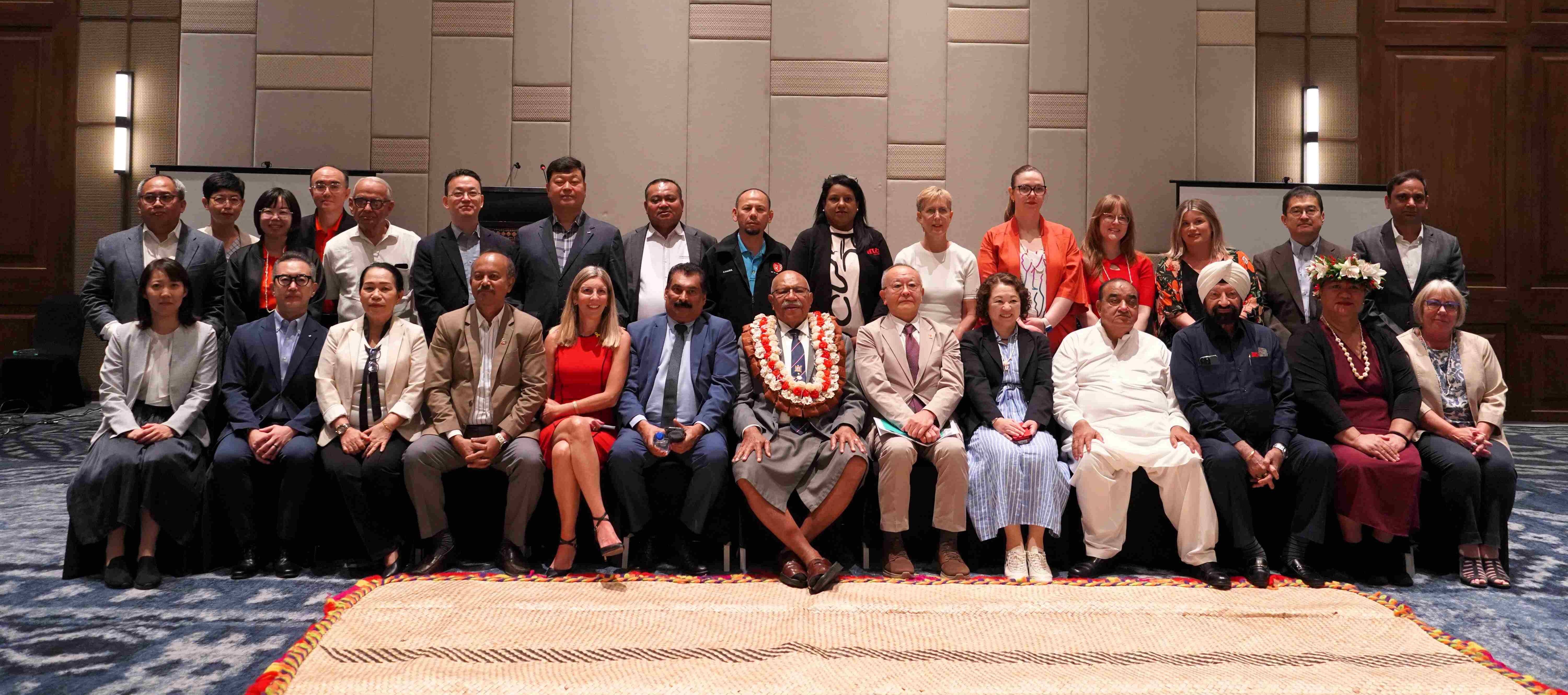





.jpg)


.jpg)


























.png)


.png)








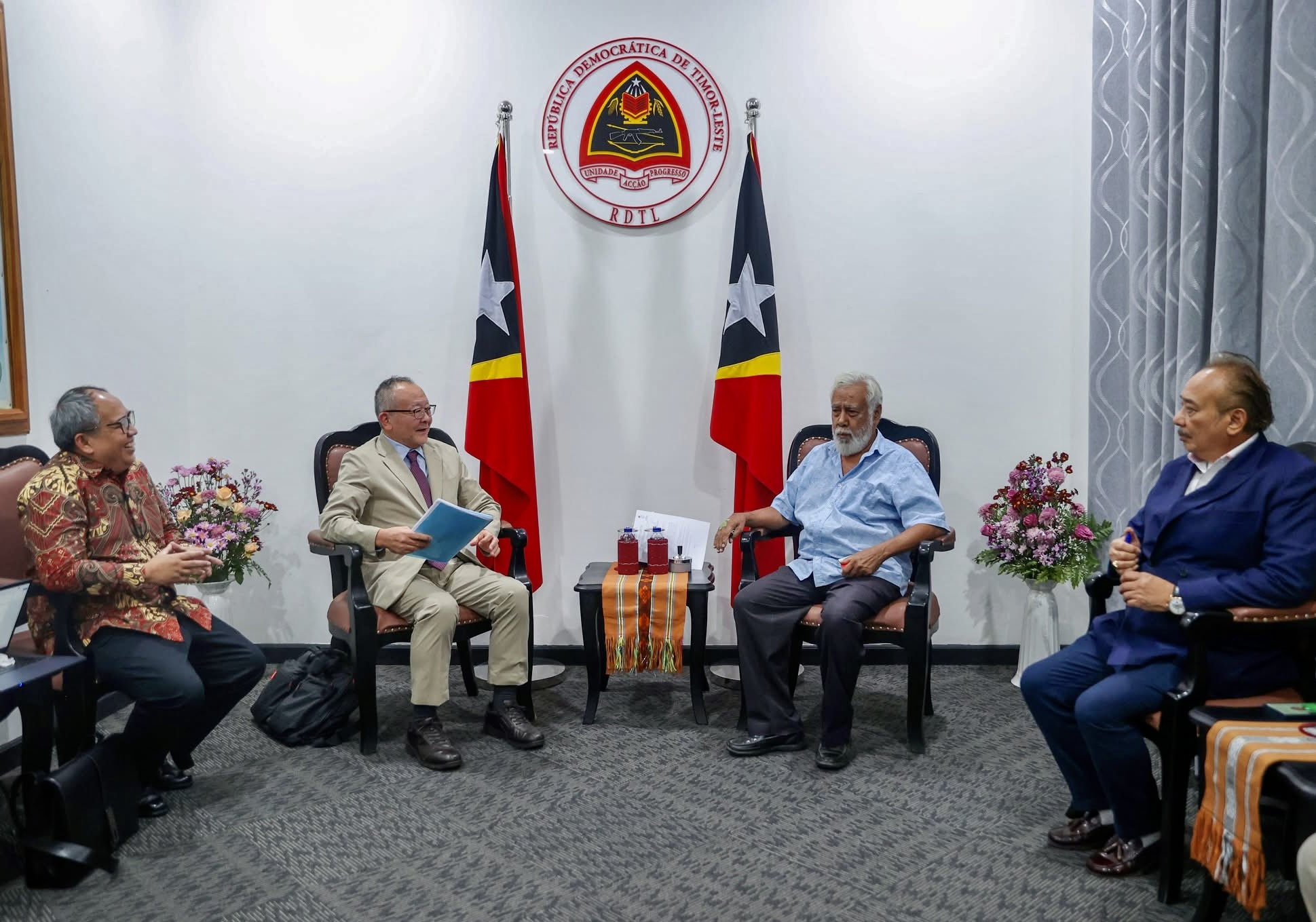











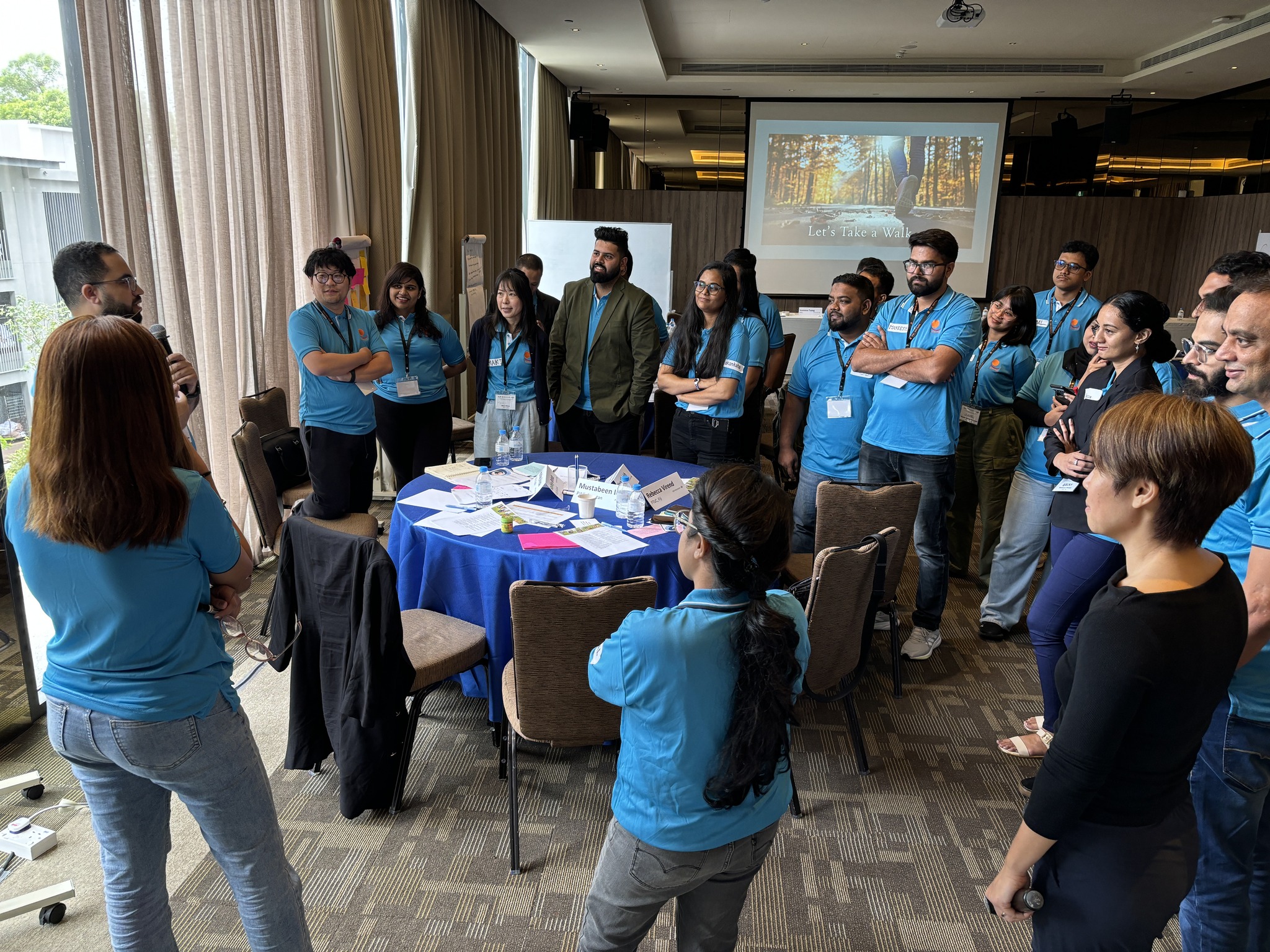





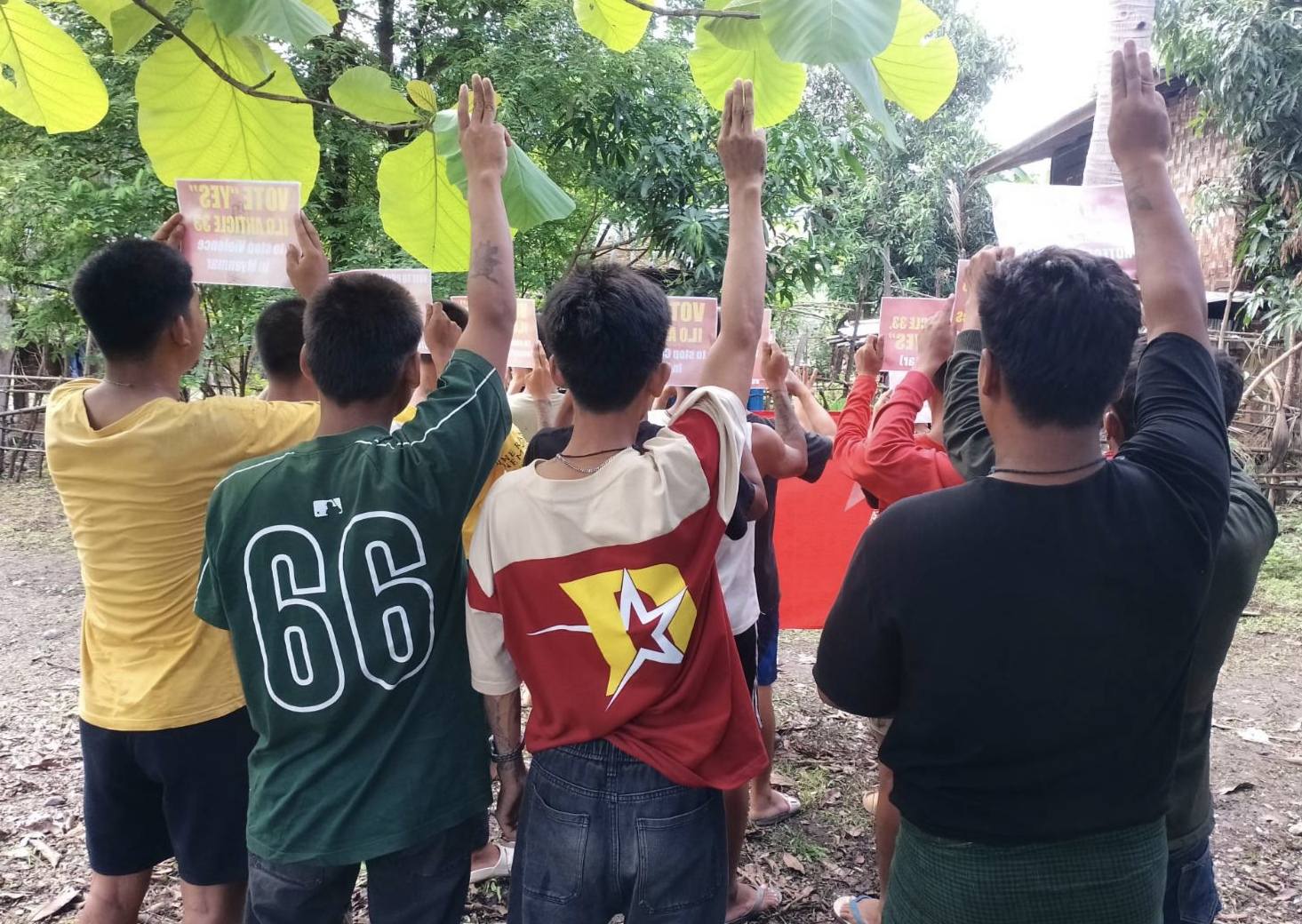





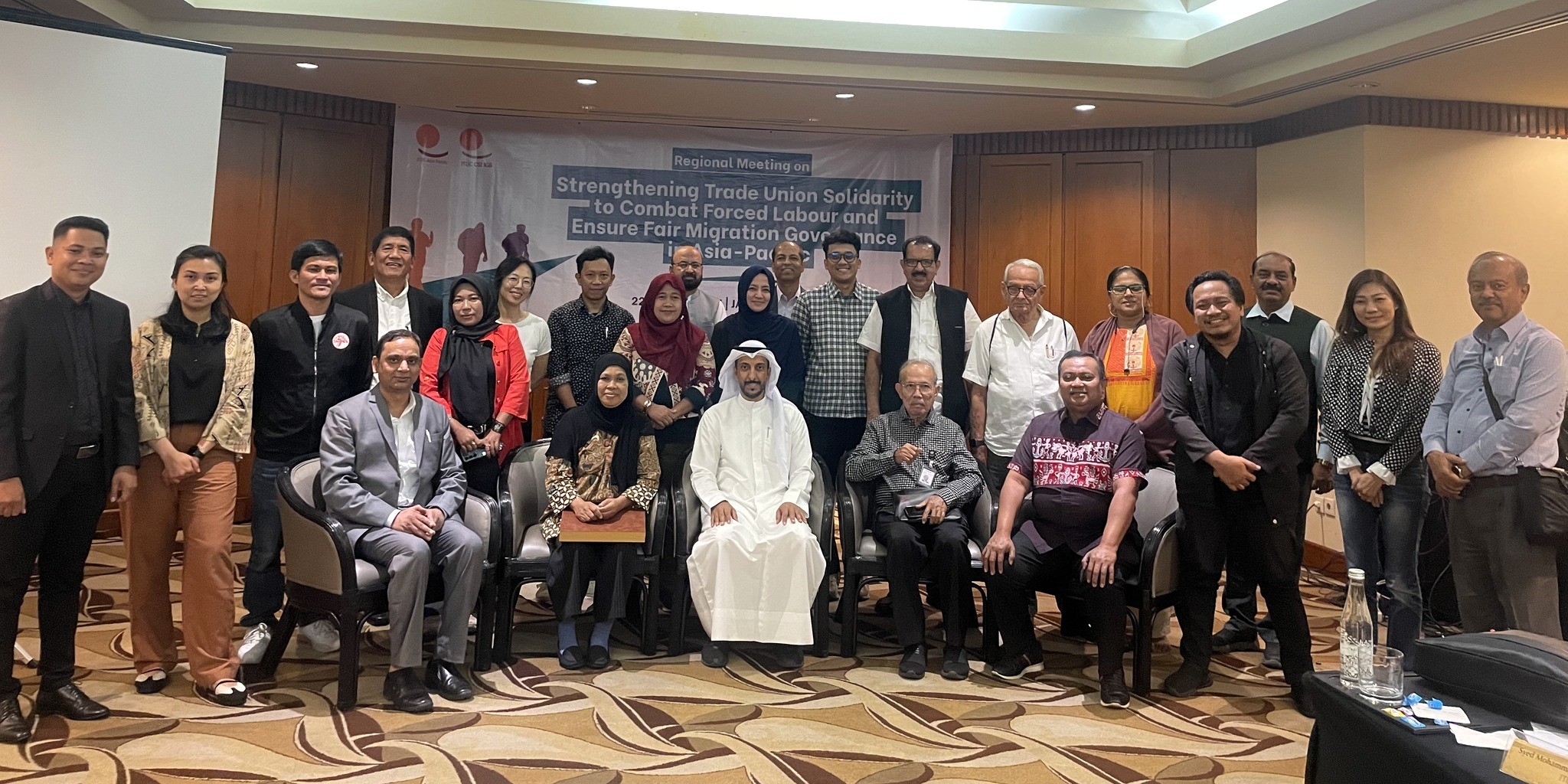























.png)


.png)














.png)


.png)
















































































































%20(1).png)


%20(1).png)
























.jpg)


.jpg)














































































.png)


.png)
























.png)


.png)














































































































.jpg)


.jpg)


























.png)


.png)

